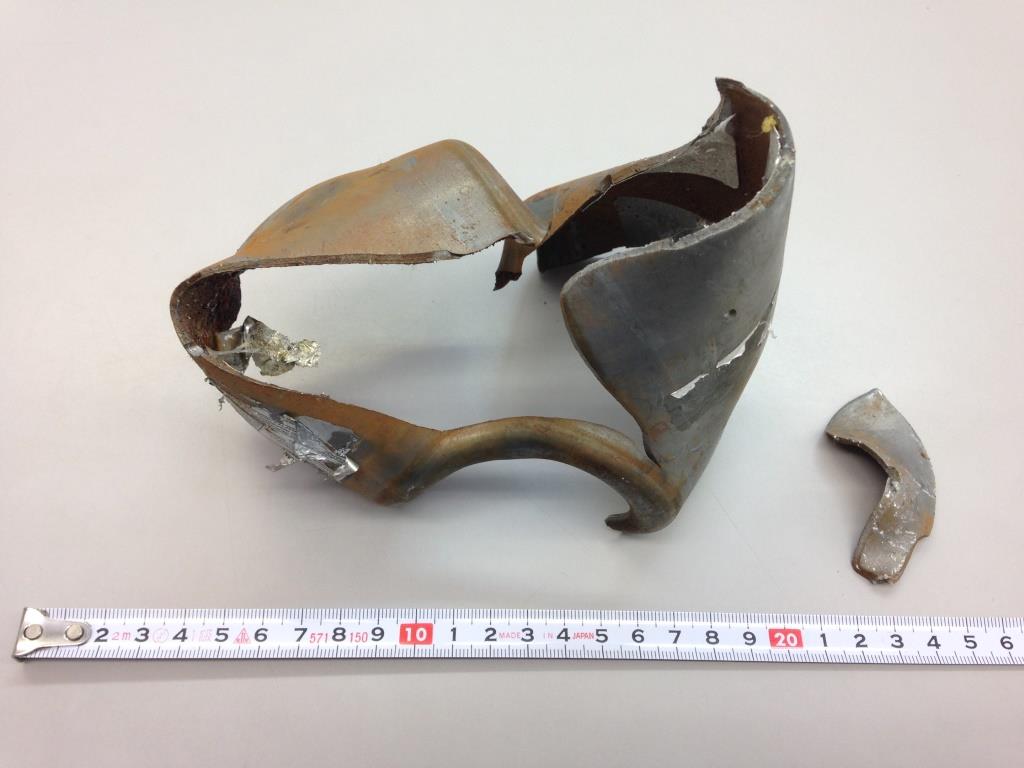Air bag patents show researchers probed ways to make the devices more durable and the explosive propellant inside them more stable for decades before the Takata Corp. products designed to save lives started killing people.
The patents, some from as early as 1985, were intended to improve the ammonium nitrate propellants that help inflate the bags. They also aimed to strengthen their metal housing.
The applications provide ammunition for lawyers seeking to show the Japanese supplier could have acted sooner to head off defects linked to at least five deaths globally after air bags deployed with too much force, said Jason Turchin, a lawyer who represented a driver injured by a Takata air bag in a 2006 Chrysler sedan.


















With your current subscription plan you can comment on stories. However, before writing your first comment, please create a display name in the Profile section of your subscriber account page.